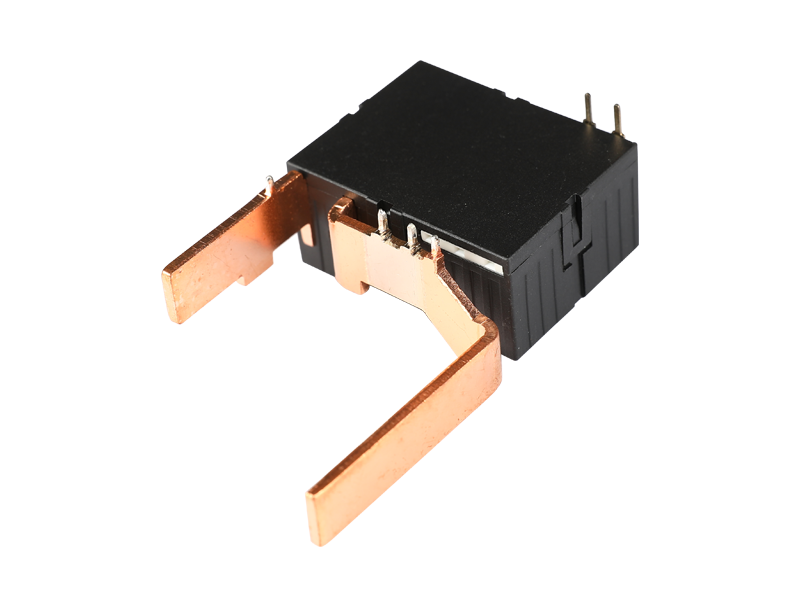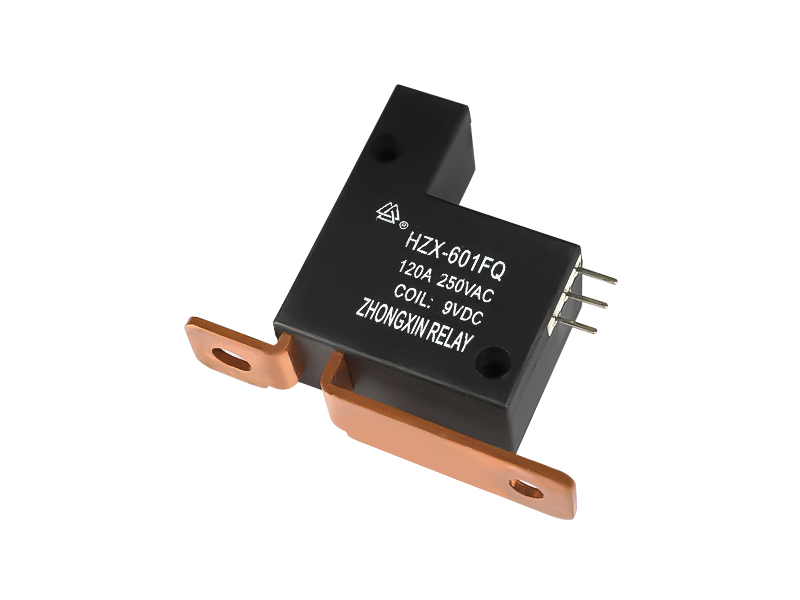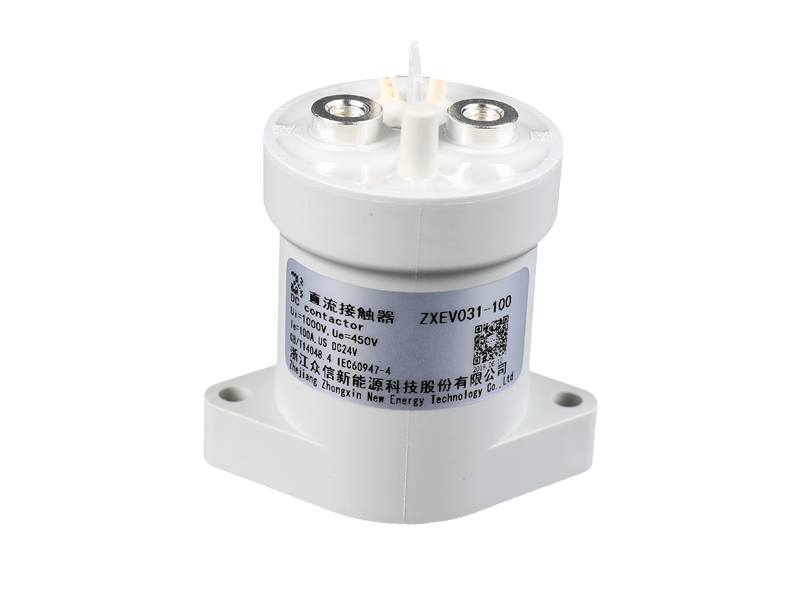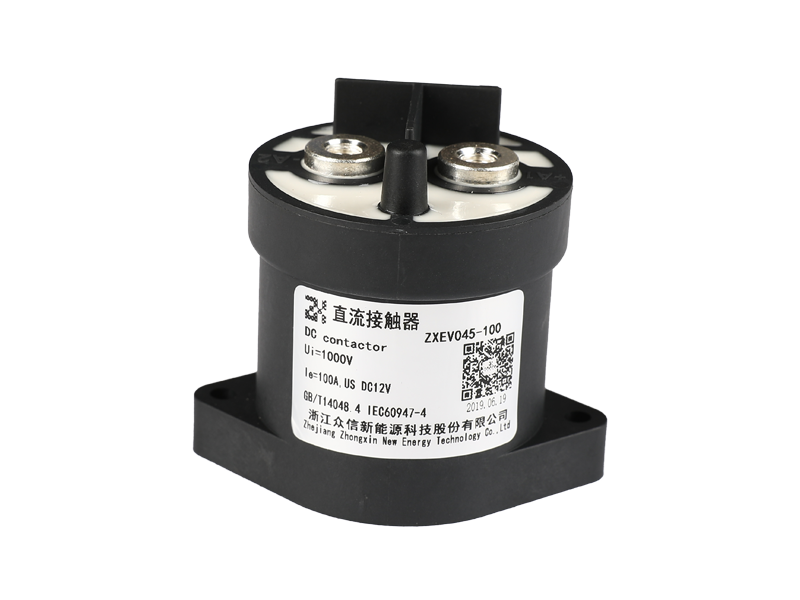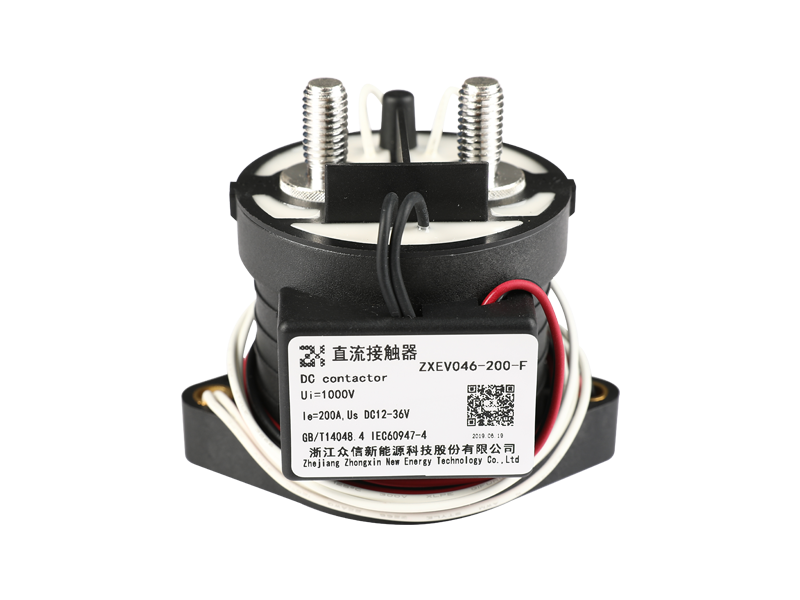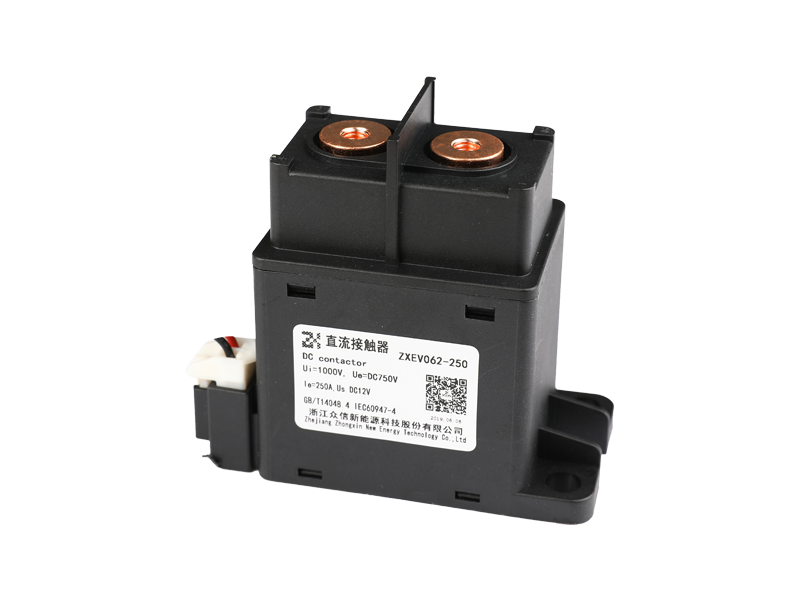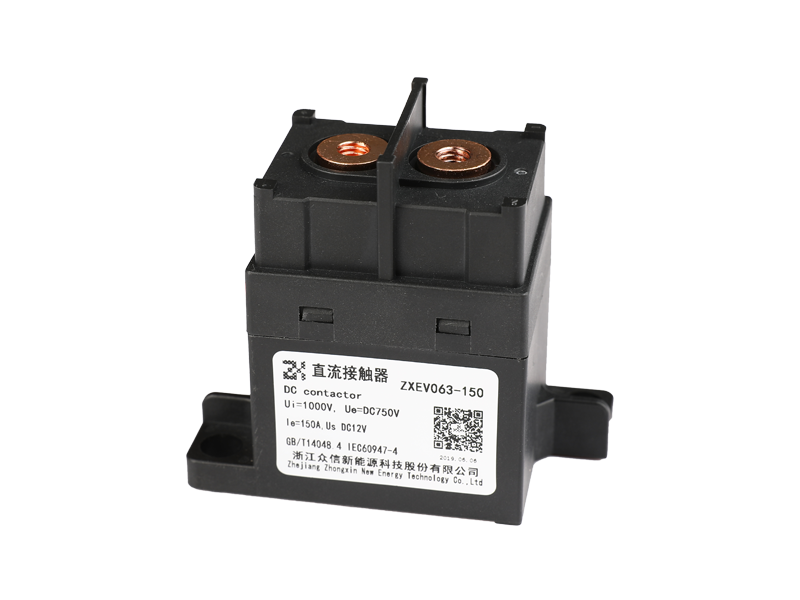What is the main function of the relay
Update:28-10-2021
Basic structure
The relay consists of four parts, which are coils, magnetic circuits, reaction springs and contacts.
The purpose of the coil is that it can generate electromagnetic attraction when it is energized, which drives the armature of the magnetic circuit to attract and make the contacts produce displacement actions.
The magnetic circuit consists of an iron core, an iron choke and an armature. Its task is to establish a magnetic path for the magnetic flux generated by the coil.
In the magnetic circuit, the most important thing is the magnetic circuit air gap, which is a gap between the armature and the iron core. When the coil is not energized, the air gap is the maximum value, and the contact is in the initial state; after the coil is energized, the air gap is zero, and the contact is displaced into the action state.
The function of the counter-force spring is to provide the armature with a repulsive force opposite to the direction of action. When the coil is de-energized, it can help the armature and contacts to reset.
The contact is used for external execution control output, which is composed of normally closed contact and normally open contact. After the coil is energized, the relay is closed, the normally closed contact is opened and the normally open contact is closed. After the coil is de-energized and released, both the normally closed contact and the normally open contact are reset to the initial state.
Main effect
(1) Amplification: For example, sensitive relays, intermediate relays, etc., with a very small control quantity, can control a large power circuit.
(2) Integrated signal: For example, when multiple control signals are input to a multi-winding relay in a prescribed form, they will be relatively integrated to achieve a predetermined control effect.
(3) Automatic, remote control, and monitoring: For example, the relay on the automatic device and other electrical appliances can form a program control circuit to realize automatic operation.
(4) Expand the control range: For example, when the control signal of a multi-contact relay reaches a certain value, multiple circuits can be switched, disconnected, and connected at the same time according to different forms of contact groups.

